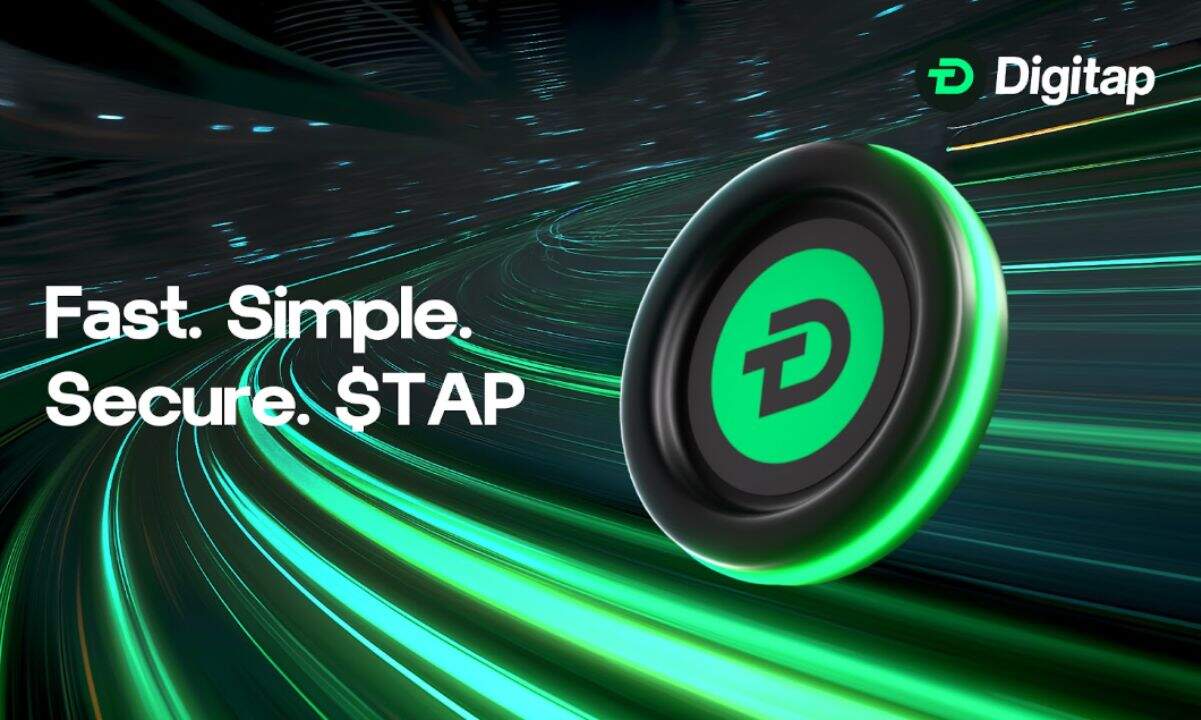Wes Kaplan, CEO of G-Knot, a finger vein biometric crypto wallet, sat down with neuroscientist Dong-Seong Jang and Minyoung Hwang, CEO of SelectStar, to explore and discuss AI biometrics in regard to identity and ethics.
The panel was co-hosted by Catalyst Content Haus and Eric Spivak, CEO and Founder of New Friendship Tech Seoul, during this year’s Korea Blockchain Week (KBW).
Kaplan discussed G-Knot’s finger-vein authentication technology. G-Knot’s biometric security combines AI, neuroscience, and blockchain infrastructure to protect identity, secure crypto wallets, and safeguard sensitive data. The company aims to provide a secure Web3 digital authentication ecosystem. G-Knot does this by replacing passwords and integrating finger-vein biometrics, fingerprint, face, and iris recognition technologies.
Sponsored
Sponsored
G-Knot After Dark: Networking, Pong, and Beats
G-Knot hosted an after-hours event to further discuss the company’s pre-sale and technology. The night featured a five-DJ line-up, cocktails, and conversation aimed at educating the crypto community about the next frontier of security and its role in mass adoption.
G-Knot’s P2N2 AI Authentication Modules use biometric mapping to achieve a high level of security. Unlike surface biometrics, vein patterns are difficult to replicate, providing additional protection against identity theft, wallet hacks, and phishing attempts.
Finger Vein Technology as the New Standard for Trust
“Our mission is to make digital security frictionless and foolproof. By combining hardware-grade biometrics with lightning-fast AI authentication, we’re removing the biggest barrier to mass crypto adoption – the lack of trust,” Kaplan said.
This AI-powered verification authenticates in milliseconds without compromising user privacy and is one of G-Knot’s key features. G-Knot can integrate with existing blockchain wallets and physical access systems. It is built to connect with Web3 dApps, DAO governance tools, and enterprise systems.
In a world where identity is everything, G-Knot integrates security with usability to protect users and enterprises. As blockchain technology moves from niche to mainstream, G-Knot’s approach shows how biometric identity can support this transition.
Source: https://beincrypto.com/gknot-finger-vein-crypto-wallet-kbw/


